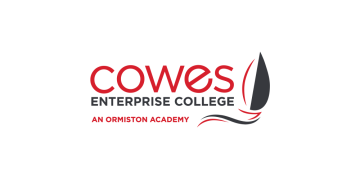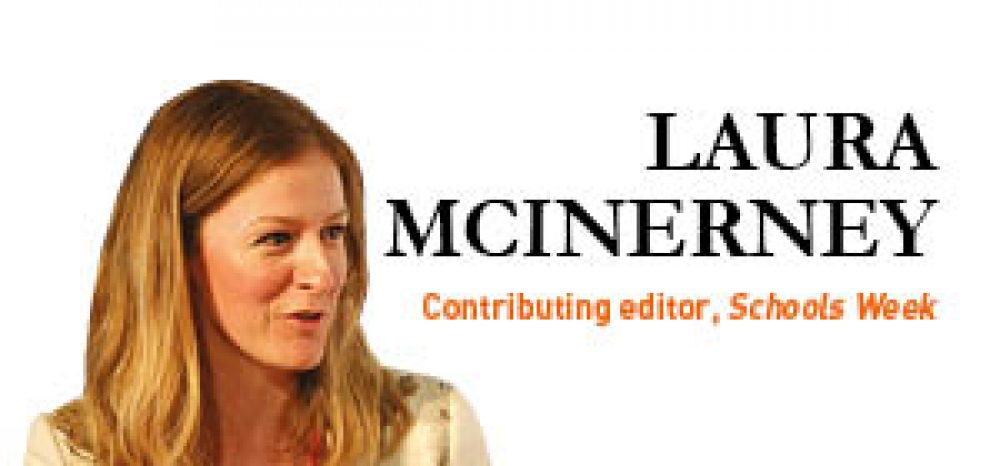In the summer of 2013, the health secretary was stopped in his tracks. Jeremy Hunt’s decision to close the emergency department at Lewisham Hospital was ruled unlawful.
It was a victory for local campaigners but it would also become a parable for the situation in which academies would one day find themselves. I fear that time has come.
Totteridge Academy, a non-selective secondary school in a deprived part of north-east London, has had a rough past. But since 2016, it has had an incredible management team who are turning its fortunes around, and its academy sponsor, United Learning, is one of the most successful in the country. It is on the cusp of finally coming good.
Unfortunately, two years before the current team took over, another academy chain also had its eye on the area. Ark, another of the country’s largest and most successful chains, applied to open a free school in the area. Pioneer Academy was to be the first “blended learning” school, in which teachers would be partially replaced by computers for several lessons each day.
Planning problems held it up for years but diggers have now moved in to build Pioneer on a sliver of green belt land that is, predictably, just a stone’s throw away from Totteridge.
Opening new schools near struggling ones simply kicks the problem a few years down the line
If I were Totteridge’s headteacher, I would feel crushed.
Turning around a challenging school is difficult at the best of times. Doing so when you’ve only got half the pupil numbers you need to make it all work is even tougher. But doing it when a shiny new establishment is going up next door, when there won’t be enough kids to make both financially viable? That would feel impossible.
And yet, the story of Lewisham Hospital is important here.
The hospital was developed in the 1800s after a workhouse on its site became so packed with infirm workers that it was essentially operating as a hospital. Its pathology department is still in a building which opened in 1894. Its accident department, originally planned for closure, was built in the 1960s.
Down the road, however, two more hospitals opened in the early 2000s, both with shiny new buildings and a promise of brilliance. But 10 years on, the trust in charge of those hospitals was in serious debt, with neither raking in the patient numbers needed. Shiny new hadn’t won: Lewisham had.
In a sensible world, one of the less successful hospitals would have closed but the newer buildings still had outstanding debts on them, which would need to be paid off. Hence, Jeremy Hunt tried to close Lewisham – and a legal challenge was the only thing that stopped him.
It is therefore not impossible that over the next few years Totteridge Academy will continue to do well. If it does, and there isn’t a need for more school places, Pioneer Academy could end up being the one that’s half-empty.
But here’s the difficult question: then what happens?
Back in the pre-2010 world, the local council had sway in situations like this. If one school was limping on, half-full, it could close, and the other would be made to take everyone in. But if either
Totteridge or Pioneer are half-empty, who makes the call?
One way to resolve the problem is to let the market decide. If a shiny new-build flounders, let it close. But Pioneer is being built on the site of the former Barnet FC football stadium, bought from the club in 2015.
I couldn’t pin down the exact costs of the new school, but the land cost £14.5 million and discussions at the local planning meeting suggested it would cost an additional £30 million in construction, so £50 million seems a fair ball-park estimate (literally).
So what happens if, as with Lewisham, the school with the older buildings has won the race in 10 year’s time? Will they really close a £50 million site?
In an ideal world, none of this will matter. A population uplift will pack out both schools and both will perform brilliantly. But there are already other parts of the country where we are seeing the shiny free school losing out to an older competitor which everyone had written off. Bungs may be keeping those newer schools from an embarrassing closure, but they cannot last forever.
In the end, we may have to accept that opening new schools near struggling ones simply kicks the problem a few years down the line.
Let’s hope the courts don’t have to intervene in our sector in the same way they had to in health.
Laura McInerney is contributing editor of Schools Week








And that’s exactly what’s happening in Bournemouth. The only difference is that the new school wasn’t new but set up in temporary buildings. It’s now struggling; a nearby academy trust is struggling. And the DfE’s solution: open another free school.http://www.localschoolsnetwork.org.uk/2017/07/academy-trust-struggling-nearby-free-school-struggling-dfe-answer-build-another-free-school
It seems the ambition to open a set number of free schools is overriding the need to properly-plan school places. But millions are wasted and a great deal of anguish caused when schools are proposed which threaten the viability of existing schools.
The free school assessments for schools which opened in 2016 and 2017 haven’t yet been published. The former in particular are long overdue. Impact assessments for 2015 openers were published promptly. Since then, there’s been silence.
The DfE told me it had an intention to publish. This means it can postpone publication indefinitely. So much for transparency. http://www.localschoolsnetwork.org.uk/2017/11/exclusive-dfe-delays-publishing-impact-assessments-for-free-schools-opened-in-2016